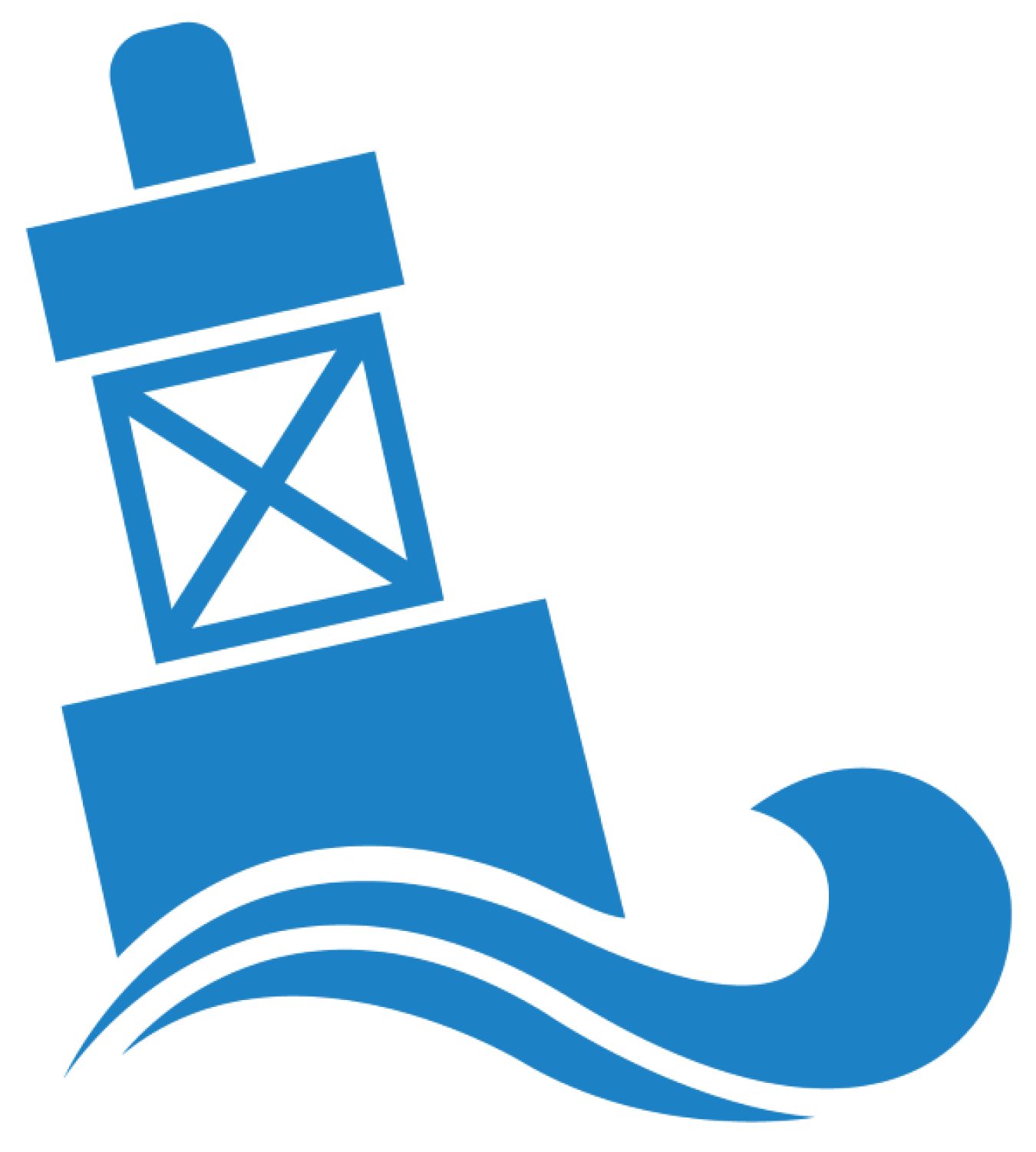Research team conducts tests to advance a flying underwater kite that could power deep sea research by harnessing and storing clean ocean energy from slow-moving currents.
Water Power Technologies Office
March 9, 2022Marine Energy Program
Technology-Specific System Design and Validation
Project Name: Device Design and Robust Periodic Motion Control of an Ocean Kite System for Hydrokinetic Energy Harvesting
Project Team: North Carolina State University (lead), East Carolina University, Florida Atlantic University, and University of Maryland
Lead Recipient Location: Raleigh, North Carolina

The ocean packs great speed and power—but not everywhere. Offshore work, such as marine research and undersea military missions, must go where missions dictate. However, these locations may not always be where the highest energy flows. That can be a problem for the budding marine energy industry. Now, a flying underwater kite—developed through a collaboration between North Carolina State University, East Carolina University, Florida Atlantic University, and the University of Maryland—could harness and store energy from even slow-moving currents. Built with far less material—and, therefore, at a lower cost—the kite flies underwater figure eights to generate substantially more energy per unit mass than some other marine energy designs.
The flying underwater kite was designed to deliver much-needed power even in relatively energy-poor environments. To validate performance, the research team first conducted trials at the North Carolina State University pool in spring 2021. These tests provided critical data on how to optimize the kite’s geometry and power system for enhanced energy production. In the fall, the team tested its endurance in the first of a series of two tests in North Carolina’s Lake Norman. During these tests, the team flew the kite for hours and miles at a time. These trials will help the researchers refine their design, so it could soon power even more than remote, offshore work. In the future, farms of near-shore kites could provide coastal and island communities with clean, reliable, renewable energy.
Technology-Specific System Design and Validation Projects
-
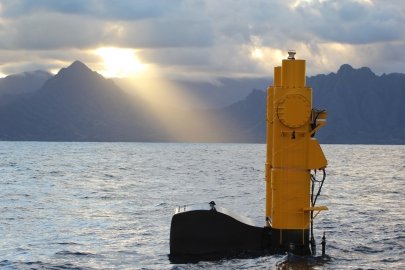 WPTO-supported committee publishes new internationally recognized standards that will pave the way for the most promising marine energy technologies to achieve commercialization.
WPTO-supported committee publishes new internationally recognized standards that will pave the way for the most promising marine energy technologies to achieve commercialization. -
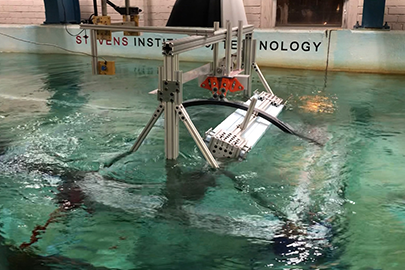 Team of industry and academic researchers advance the validation of a novel floating oscillating surge wave energy converter at the Stevens Institute of Technology in New Jersey.
Team of industry and academic researchers advance the validation of a novel floating oscillating surge wave energy converter at the Stevens Institute of Technology in New Jersey. -
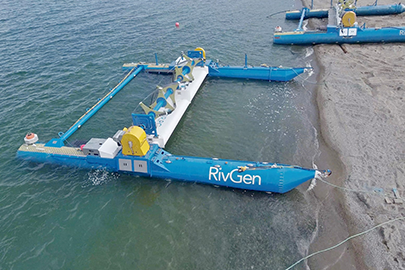 Two deployed river hydrokinetic system help power Igiugig, Alaska, simultaneously reducing diesel dependence and supporting a local workforce.
Two deployed river hydrokinetic system help power Igiugig, Alaska, simultaneously reducing diesel dependence and supporting a local workforce. -
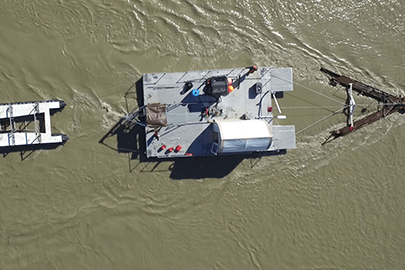 Team conducts in-water demonstrations for a novel “Water Horse” hydrokinetic device that sits above rushing rivers, taking a first step to collect data to analyze its true costs and validate its potential as a reliable, lower-cost source of clean energy.
Team conducts in-water demonstrations for a novel “Water Horse” hydrokinetic device that sits above rushing rivers, taking a first step to collect data to analyze its true costs and validate its potential as a reliable, lower-cost source of clean energy.
WPTO's Marine Energy e-newsletter shares news and updates on tools, analysis, and emerging technologies to advance marine energy.
The WPTO e-newsletter brings funding opportunities, events, publications, hydropower, and marine energy updates directly to your inbox.


